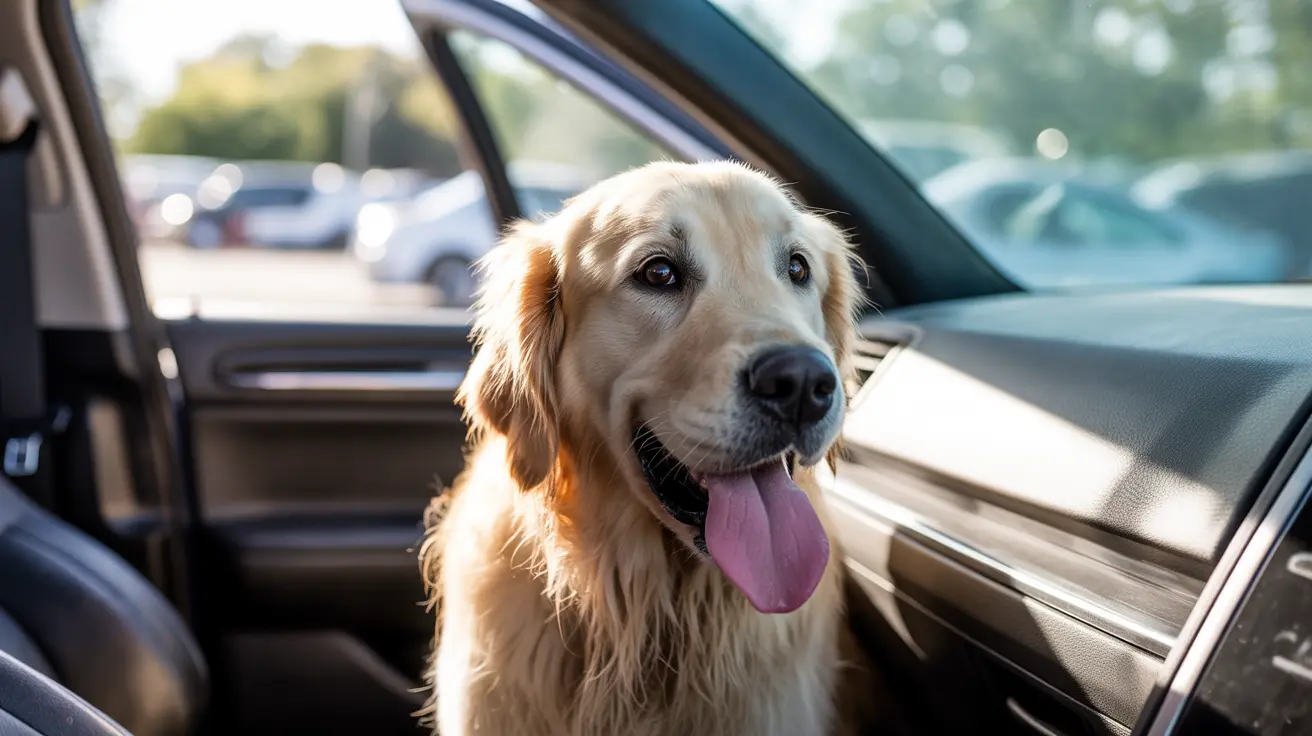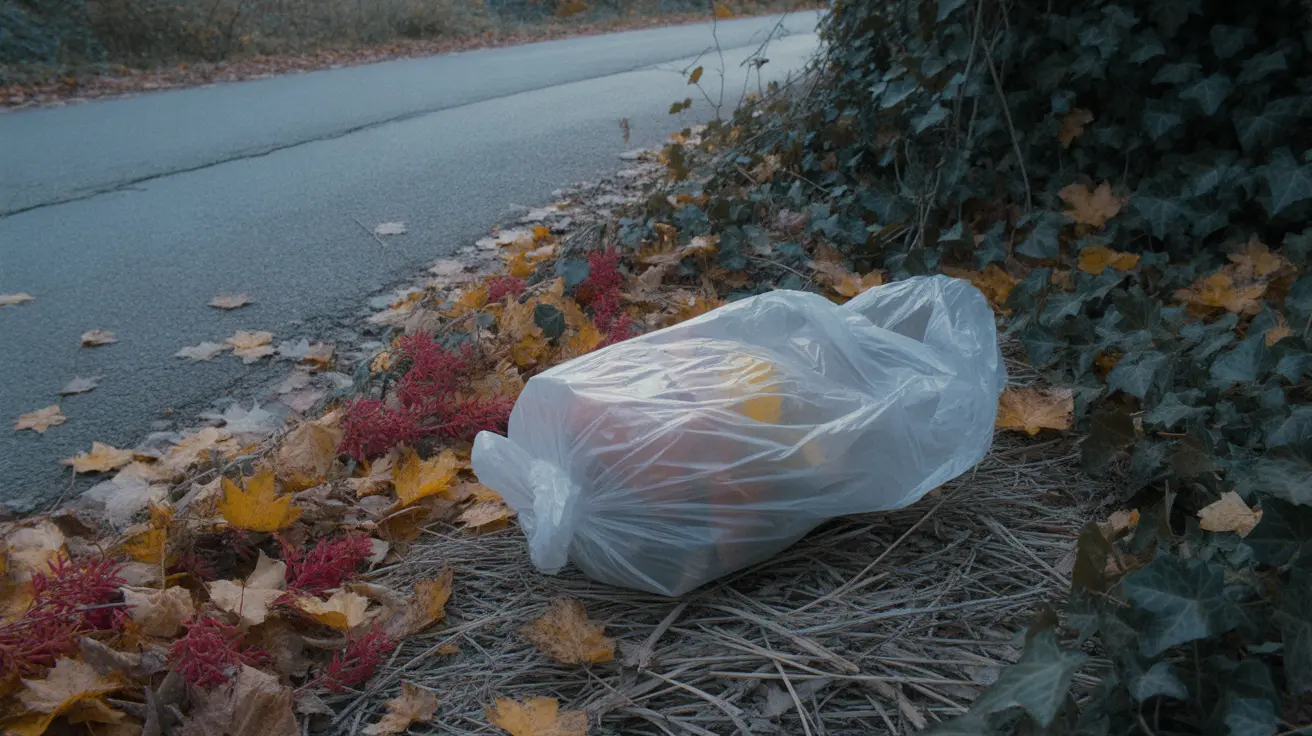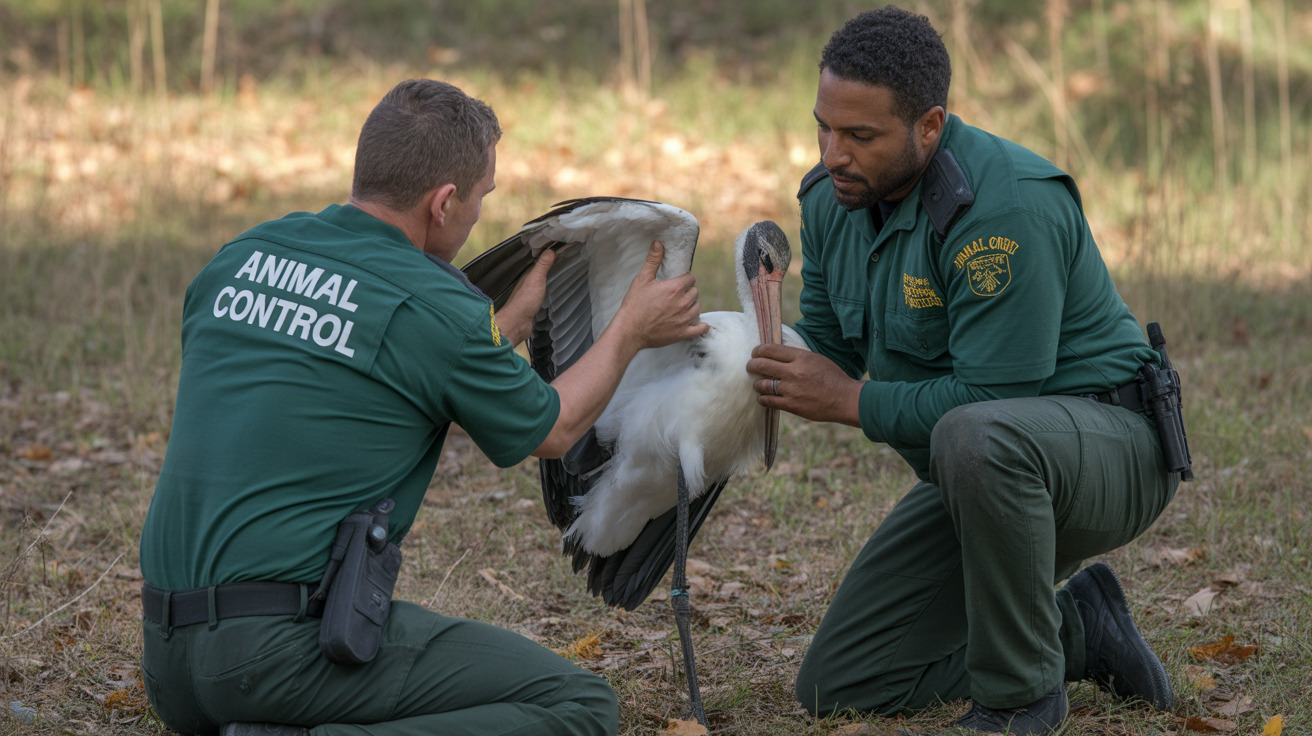What to Do If Your Dog Ate a Grape: Monitoring and Immediate Actions
Grapes and their dried counterparts—raisins, sultanas, and currants—are highly toxic to dogs, regardless of their breed, size, or age. If your dog has eaten even a single grape, take it very seriously. The exact toxic compound is still not fully understood; however, research increasingly points to tartaric acid as a probable cause of poisoning. The effects can range from mild gastrointestinal distress to acute kidney failure or death, depending on the dog’s sensitivity.
First Steps After Ingestion
- Call your veterinarian or an animal poison control center immediately.
- Do not wait for symptoms to appear—by the time they do, kidney damage may already be severe.
- If advised by a professional, safely induce vomiting—but never do this without guidance.
- Transport your dog to an emergency clinic for decontamination and monitoring.
How Long to Monitor Your Dog
Veterinary professionals recommend monitoring for at least 72 hours after ingestion. This is because symptoms and kidney failure may not develop immediately:
- First 12–24 hours: Look for early symptoms like vomiting, diarrhea, abdominal pain, lethargy, and loss of appetite.
- 24–72 hours: This is the critical window during which acute kidney failure may occur. Symptoms may progress to oliguria (little urine), anuria (no urine), dehydration, weakness, and collapse.
- Beyond 72 hours: If kidney function remains normal, the dog may be in the clear. However, follow-up blood tests are often required to ensure full recovery.
Key Symptoms to Watch For
Even if your dog appears fine at first, monitor vigilantly for these warning signs:
- Vomiting or retching
- Diarrhea
- Excessive thirst or urination
- Loss of appetite
- Lethargy or unusual behavior
- Bad breath with an ammonia or uraemic odor
- Weakness or collapse
Dogs may develop reduced urination or stop urinating altogether—if this happens, the prognosis is poor and medical intervention becomes urgent and intensive.
Treatment Protocols
Veterinary care for grape ingestion usually includes:
- Inducing vomiting in a clinical setting if within a couple of hours since ingestion
- Administering activated charcoal to reduce absorption of toxins
- IV fluids to protect kidney function and ensure adequate hydration
- Blood tests and urine monitoring over the next 2–3 days
- Medications for nausea, pain, and supportive care
- In severe cases, dialysis or intensive care may be necessary
Preventive Measures
- Keep all grapes and dried grape products out of reach of pets—including baked goods, trail mix, and cereals
- Educate all household members, including children, about the danger
- Secure garbage bins and food storage areas
- Pay special attention during holidays and gatherings
Long-Term Outlook
If treatment is initiated before symptoms arise, many dogs make a full recovery. However, once the kidneys begin to fail—particularly if the dog stops urinating—the likelihood of full recovery drops significantly. Some dogs may develop chronic kidney disease even if they survive the initial toxicity.
Other Foods to Avoid
In addition to grapes and raisins, dog owners should steer clear of:
- Chocolate
- Onions and garlic
- Macadamia nuts
- Xylitol (in sugar-free gum and treats)
- Alcohol and caffeine
- Raw yeasty dough
Always check ingredient labels, especially on processed foods, for hidden toxic ingredients.
Safe Fruit Alternatives
Some fruits are safe for dogs in moderation, including:
- Apples (without seeds)
- Watermelon (seedless)
- Blueberries
- Bananas
- Strawberries
- Fresh cranberries
Always introduce new foods gradually and monitor your dog for any signs of gastrointestinal upset.
Conclusion
There is no safe amount of grape ingestion for a dog. The moment you discover your dog has eaten a grape, treat it as a veterinary emergency. Fast action and informed care can mean the difference between a full recovery and a fatal outcome. Monitor your dog for at least 72 hours post-ingestion and follow your vet’s instructions carefully. As always, prevention and pet owner education are the best safeguards.





